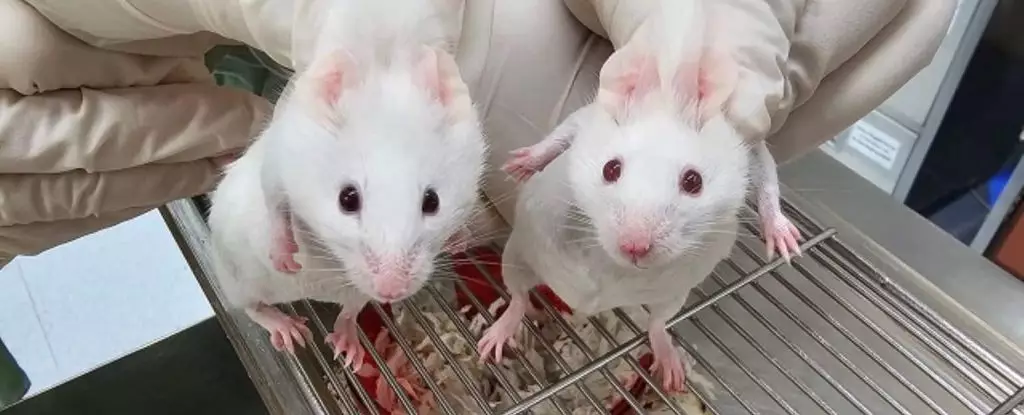In a groundbreaking study emerging from Hong Kong, researchers have successfully spliced genes from choanoflagellates into mice, yielding unexpected results that could reshape our understanding of evolutionary biology and the origins of animal traits. This remarkable experiment sheds light on the evolutionary threads that connect single-celled organisms to complex multicellular life, creating opportunities for new research in genetics and stem cell therapy.
Choanoflagellates are single-celled microorganisms believed to be the closest living relatives of animals. They have remained largely unchanged for millions of years, making them a fascinating subject of study for biologists investigating the evolutionary pathway that led to multicellular organisms. By examining choanoflagellates, researchers like Alex de Mendoza of Queen Mary University can illuminate genetic qualities that were pivotal before the advent of complex animal life.
The particular focus of the Hong Kong researchers was the genes related to pluripotency. Pluripotency refers to the capacity of stem cells to differentiate into various types of tissues. While choanoflagellates do not possess the cellular organization that allows pluripotency, they possess genes that mirror those involved in this biological phenomenon in multicellular organisms. This suggests that the basic genetic characteristics necessary for developing pluripotent stem cells were present long before multicellular life began to flourish.
Traditionally, it has been assumed that pluripotency traits emerged alongside multicellular organisms approximately 700 million years ago. Therefore, crucial transcription factors associated with pluripotency, such as Sox and POU families, were believed to be unique to animals. Yet, the new study casts doubt on this assumption, suggesting that these genetic capabilities might have been inherited from an ancestor shared with choanoflagellates. This opens new avenues for understanding the evolutionary mechanisms underlying animal development.
The researchers, led by Ya Gao and Daisylyn Senna Tan, embarked on a bold experiment to substitute the mouse Sox2 gene with its choanoflagellate counterpart. Their methodology was meticulous; they created cloned mouse stem cells, reprogrammed them with the choanoflagellate Sox gene, and subsequently studied the development of the resulting embryos.
The results were illuminating. The newly born mouse pups displayed a mixture of characteristics: they exhibited physical traits that highlighted their hybrid origins, such as unique fur patches and distinct eye colors. Most remarkably, these mice were functional, revealing that the newly introduced choanoflagellate genes successfully facilitated embryonic development without overt disruptions.
This finding suggests that the ancestral genes present in choanoflagellates retain essential properties that were likely repurposed by multicellular organisms. The success of such gene splicing underscores the biochemical continuity of life and indicates that significant evolutionary innovations can emerge from even the simplest forms of life.
The research has far-reaching implications, particularly in the realm of stem cell studies and potential therapies. By establishing a direct link between choanoflagellate genes and vertebrate development, scientists may soon gain insights that could enhance regenerative medicine and personalized therapies. Understanding how ancestral genetic traits can be manipulated and utilized opens doors to innovative scientific advancements.
Additionally, these revelations disrupt the conventional narrative surrounding the origins of multicellular complexity. The findings propose that the origins of genetic functions associated with pluripotency predate the appearance of complex life forms, positioning them as integral components of early cellular evolution.
The conclusions drawn from this experiment extend beyond the academic realm; they have the potential to affect how we perceive the evolutionary journey of life on Earth. By identifying genetic continuity between single-celled organisms and complex animals, this research fosters a deeper appreciation for the intricate connections that bind all life forms.
The study serves as a powerful reminder of the interwoven lineage of life on our planet. As researchers continue to probe the genetic fabric of existence, one can only imagine what additional secrets may be unveiled, fundamentally altering our understanding of life’s diverse tapestry. The resonance of choanoflagellate genes in multicellular organisms invites reflection on the nature of evolution itself, enriching our comprehension of biological narratives that span hundreds of millions of years.

